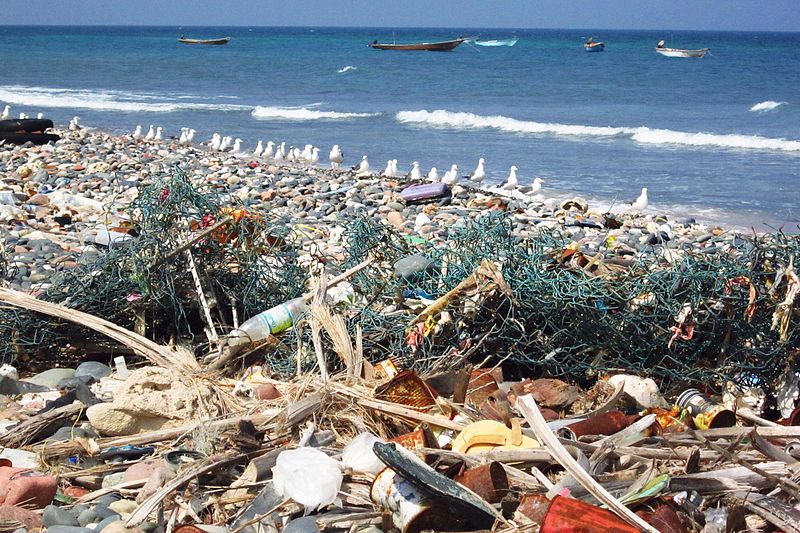
The HMS Challenger set sail from England in 1872 and changed the course of scientific history (Credit: North Wind Picture Archives/Alamy)
Thanks to the BBC for reminding us of the value of such voyages in earlier centuries, and their contributions to science, among other things:
HMS-Challenger: The Voyage That Birthed Oceanography
The 3.5-year voyage to the furthest corners of the globe reshaped marine science and permanently changed our relationship with the planet’s oceans.
During the four-year journey, the ship uncovered many new species and shaped our understanding of the seas (Credit: LeeYiuTung/Getty Images)
In the foyer of the National Oceanography Centre in Southampton, England, stands a ship’s painted figurehead. It towers well above head height and depicts an armoured knight with a silver chest plate, a raised visor and a thick handlebar moustache. The knight’s eyes have a faraway gaze in them – and well they might. This wooden statue is the sole remnant of a square-rigged ship that once embarked on a three-and-a-half-year voyage to the furthest corners of the globe, reshaping marine science, unearthing all manner of underwater oddities and permanently changing our relationship with the planet’s oceans. The vessel’s name was HMS Challenger. Continue reading

